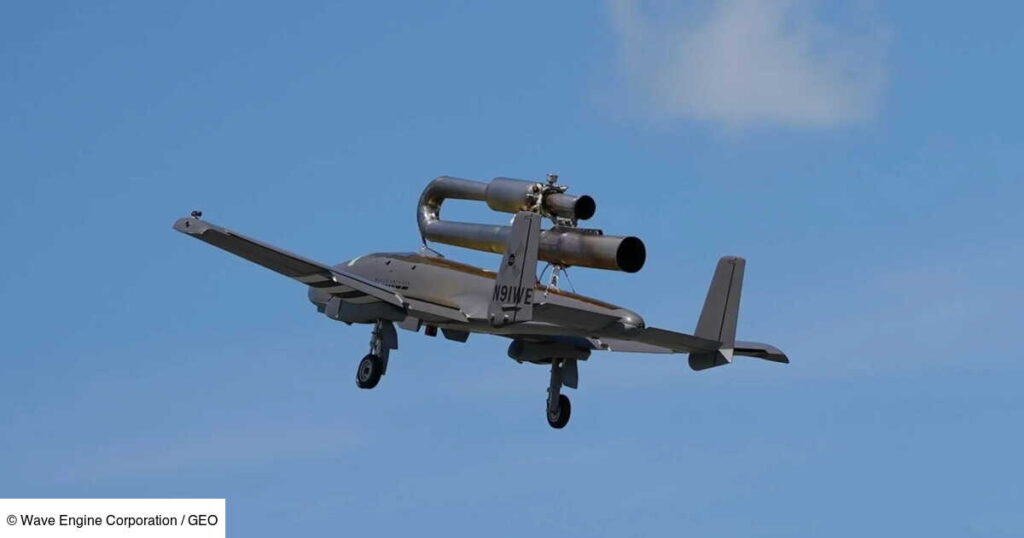Simplicity, accessibility, and durability are the driving principles of Wave Engine Corporation. Emerging from the University of Maryland, this innovative company is set to transform jet engine technology with its revolutionary solutions that require no moving parts.
Game-Changing Technology for High-Speed Drones
The J-1 jet engine has already found a home with a major aerospace contractor working with the U.S. government, as reported by New Atlas. Another client is also integrating this engine into their drone models. Wave Engine Corporation’s J-1 is designed for high-speed drone manufacturers, capable of powering models with a gross weight of up to 90 kg. The engine attaches directly to the drone’s fuselage and delivers a thrust of 245 newtons.
What sets the J-1 apart is its unique design, which eliminates the need for moving parts. Traditional jet engines rely on rotating components, but the J-1 utilizes combustion alone to create pressure waves. The hot gases expelled through the combustion of fuel—whether gasoline, bioethanol, or kerosene—generate the necessary thrust, often accompanied by a few flames during ignition.
Innovative Combustion Process
The engine’s trombone-like shape facilitates intermittent combustion as fuel and air ignite within the combustion chamber. This process increases temperature and pressure, forcing hot gases out and creating thrust. This ejection of gases leaves a vacuum in the chamber, drawing in air for the next combustion cycle.
Wave Engine Corporation’s modern approach to jet propulsion is finally reaching maturity in the drone sector. Although this technology has existed since the early 20th century, the company believes it now offers high-speed propulsion at an affordable cost.
Expanding to Larger Aircraft
While the J-1 is tailored for drones, Wave Engine Corporation has also developed the K-1 engine for larger aircraft up to 450 kg. In a test conducted in March, the K-1 propelled Wave Engine Corporation’s Scitor drone, weighing just 45 kg, to speeds exceeding 320 km/h.
« We are excited to collaborate with our clients to ramp up production and bring to market an unmatched combination of cost, simplicity, and aerial performance, » says Daanish Maqbool, the head of Wave Engine Corporation.
Conclusion
Wave Engine Corporation is poised to revolutionize the drone industry with its J-1 jet engine, offering a blend of innovation, efficiency, and affordability. As the company works to increase production, the future of high-speed, low-cost drone propulsion looks incredibly promising.






